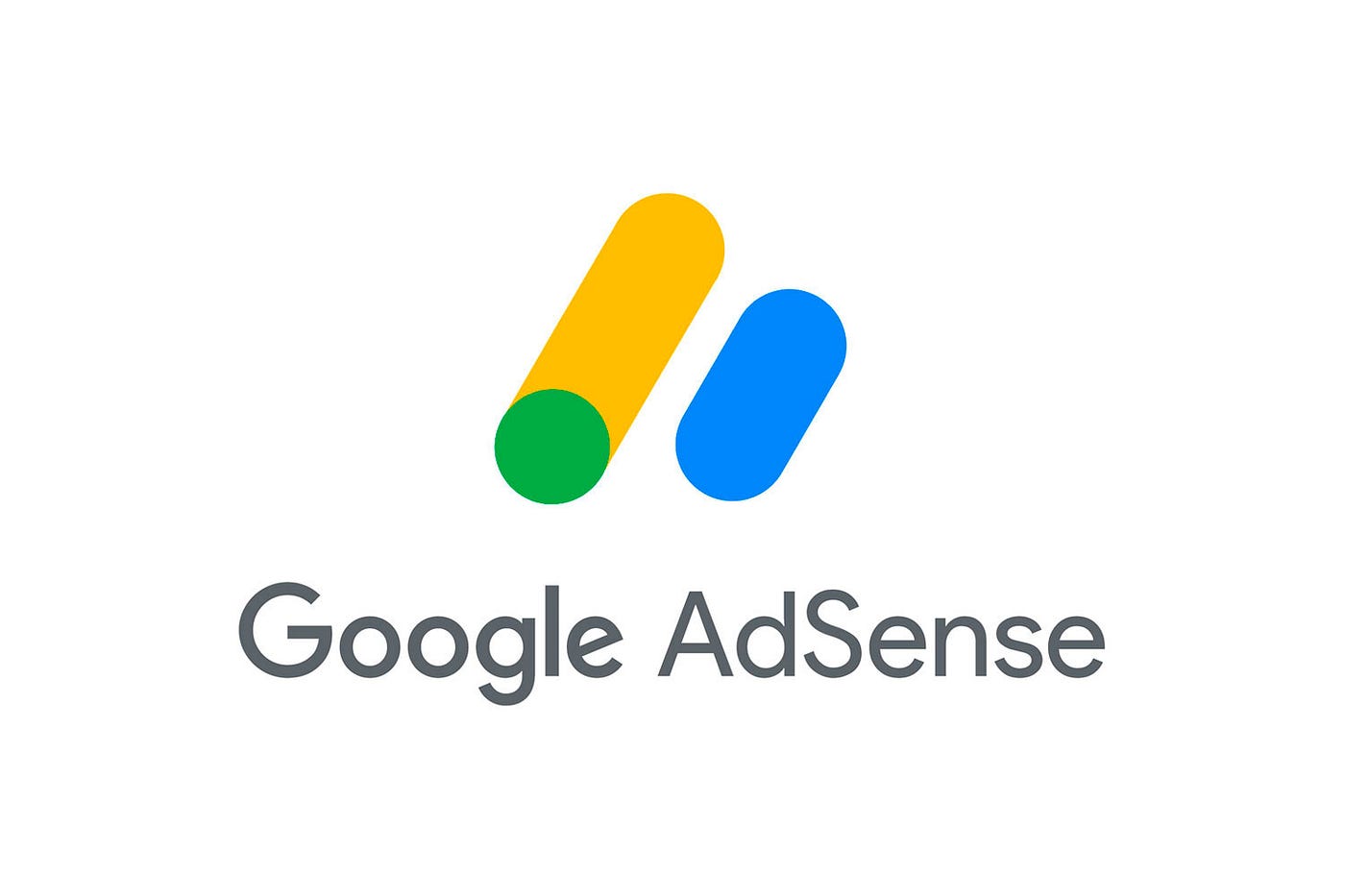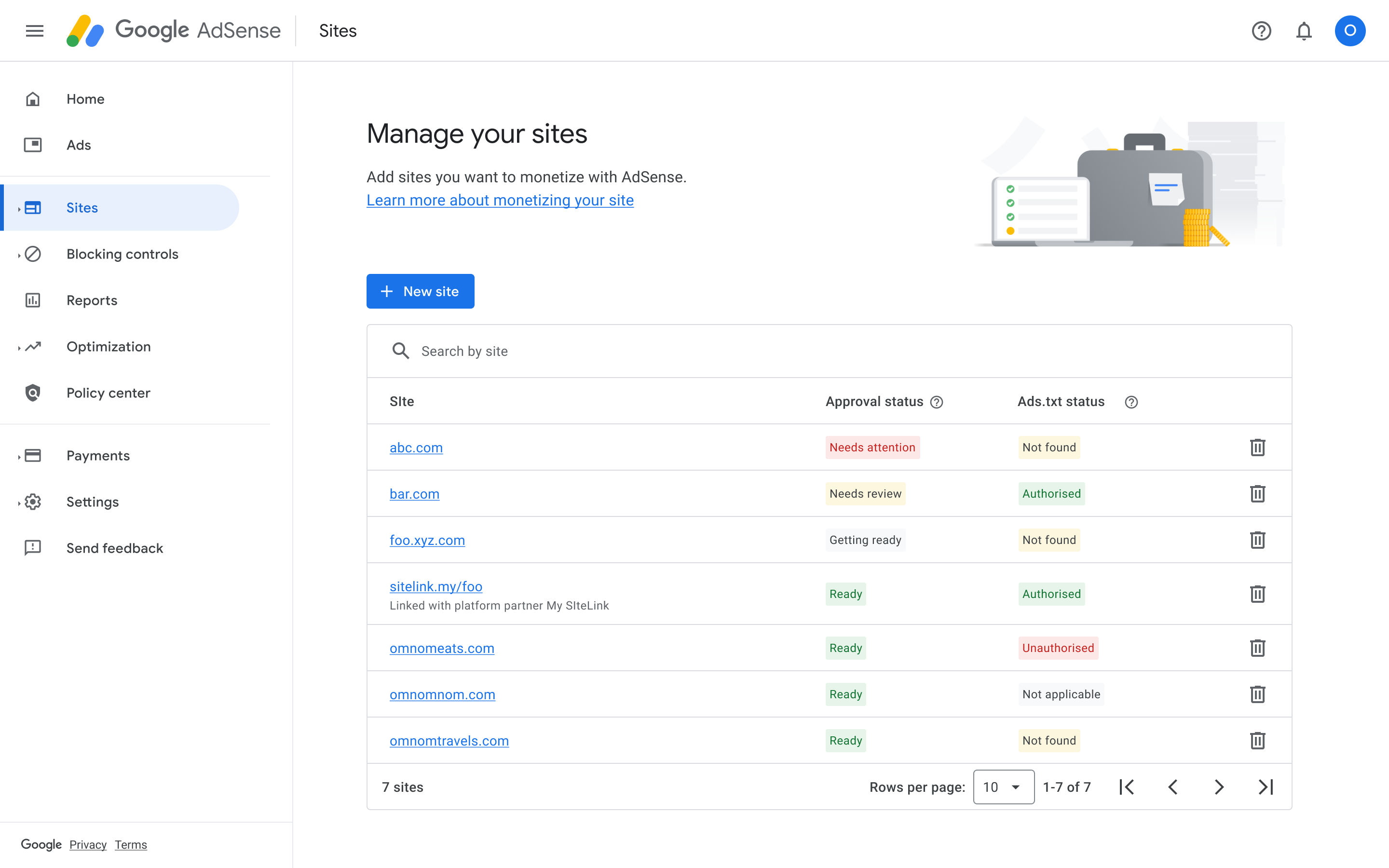Breaking News


Popular News


Increasing your AdSense click-through rates (CTR) can significantly boost your revenue, especially on a WordPress blog. Understanding what influences CTR and optimizing your approach can make a notable difference. By placing ads strategically, crafting engaging ad content, and continuously analyzing performance, you can enhance your WordPress AdSense effectiveness. With these strategies, your blog can turn passive visitors into active participants, ultimately increasing your earnings.
Contents
When running a WordPress AdSense campaign, understanding the significance of Click-Through Rates (CTR) can make or break your revenue potential. CTR measures the percentage of visitors who click on an ad after viewing it. Thus, higher CTRs often translate to increased earnings from AdSense.
Here’s why CTR is crucial:
Why Pay Attention?
Improving your WordPress AdSense CTR should be a priority. It not only enhances user interaction but also maximizes your blog’s revenue potential.

Optimizing ad placement is crucial for maximizing the visibility and effectiveness of WordPress AdSense ads. Here are some strategies to consider:
Ad Placement Comparison
| Placement Type | Visibility | User Engagement |
|---|---|---|
| Above the Fold | High | Moderate |
| In-Content | Moderate | High |
| Sidebar | Moderate | Moderate |
| Header and Footer | High | Low-Moderate |
Balancing these placements on your WordPress blog can significantly improve your WordPress AdSense click-through rates, ultimately boosting your revenue.
Creating captivating ad content plays a vital role in boosting your WordPress AdSense click-through rates (CTR). Engaging ads attract attention and prompt users to click, leading to higher earnings. Here are some effective strategies to make your ad content more compelling:
By following these tips, you can create WordPress AdSense content that not only looks attractive but also delivers results. Remember, the key is to be clear, concise, and consistent with your messaging.
Optimizing your WordPress AdSense strategy does not end with initial implementation; the real work begins with continuous analysis and adjustment. Here’s how to fine-tune your approach:
Track Key Metrics: Start by monitoring essential metrics such as:
Use Analytical Tools: Leverage tools like Google Analytics and the AdSense dashboard for comprehensive insights.
Identify Patterns: Look for trends in high-performing ads and placements. Do certain types of content attract more clicks? Are there specific times of day when CTR spikes?
Adjust Ad Placement: Based on your analysis, experiment with different ad placements. For instance:
Refine Content: Create more of the content that generates higher CTR. Diversify your topics if necessary.
A/B Testing: Implement A/B testing to compare different ad styles and positions to find what works best.
In conclusion, regularly analyzing and adjusting your WordPress AdSense strategies ensures that you maintain a high CTR and optimize your earnings over time.

Improving your AdSense click-through rates (CTR) involves several strategies. Start by placing ads in high-visibility areas, such as above the fold, within content, and near images. Ensure that your ads are responsive and optimized for both desktop and mobile devices. Consider experimenting with different ad formats, sizes, and styles to see which combinations yield better performance. Additionally, using A/B testing can help you identify the most effective ad placements and configurations. Finally, maintaining high-quality, engaging content on your blog can also attract more visitors who are likely to interact with your ads.
While the performance of ad formats can vary depending on the specific content and audience of your blog, some commonly effective formats include the large rectangle (336×280), leaderboard (728×90), and medium rectangle (300×250). These sizes often perform well because they fit naturally within your content and are highly visible to users. Additionally, responsive ads that automatically adjust their size to fit different devices and screen orientations can help improve CTR by offering a seamless user experience across all platforms.
Using a combination of both text and display ads often yields better results than relying on one type alone. This hybrid approach allows you to cater to different user preferences and behaviors. Text ads can sometimes blend more naturally with your content and attract clicks from users who are looking for relevant information. Display ads, on the other hand, are visually appealing and can capture the attention of users who are more influenced by attractive images or graphics. By leveraging both formats, you can maximize your ad performance and improve your CTR.
Regularly reviewing and adjusting your ad placements is crucial to maintaining and improving your AdSense CTR. It’s advisable to conduct an in-depth review at least once every quarter. During these reviews, analyze your ad performance reports to identify which placements are underperforming and which are generating higher CTRs. Based on these insights, you can make data-driven adjustments to optimize your ad strategy. Additionally, staying updated with the latest trends and best practices in digital advertising will help you make informed decisions and keep your blog’s ad performance competitive.